[caption id="attachment_159483" align="alignnone" width="600"]
 Image via 247Sports
Image via 247Sports[/caption]
As mentioned on today's
Sunday Morning Links, former Kentucky Wildcat and current New Orleans Pelican
Anthony Davis is reportedly bigger, stronger, and already looking forward to next season. According to
New Orleans’ The Times-Picayune, the 2012 consensus National Player of the Year has been working hard to add more post moves to his arsenal, as well as a reliable pull-up jumper off the dribble, and even
the ability to knock down three-pointers from the corner. As if simply guarding AD wasn't already unfair enough for opposing players, the 6'10" defensive specialist's hopeful new offensive repertoire is sure to render him all but unstoppable.
Of course, adding a new mastery to an already outstanding skill set is only going to help the 21-year-old budding NBA superstar. Kentucky fans are more than familiar with the story of how Anthony began his high school career as a 6'2" point guard before developing into the towering giant we knew in Lexington. Evidence of a guard-like soft touch on his shooting stroke was clear during Davis' short time as a Wildcat.
But, from a strategical standpoint, just how valuable would Anthony Davis be from beyond the 3-point arc? Assuming he gets the skill down pat (which, judging by his track record,
he will), just how valuable is Davis when posted up from downtown?
When the three-point line was first implemented into the game of basketball, its aim was to create a shot players could hit a third of the time on average.
If Anthony Davis wants to become a distinguished sharpshooter with a field goal percentage of up to 40% (which is unlikely), it is only equal to shooting 60% from inside the arc (which, for Davis, is achievable). This past season,
Anthony shot 52% from two-point range. Perhaps more importantly,
he shot 79% from the free-throw line. It doesn't take an analytical expert to notice that players don't usually get fouled from beyond the three-point line.
When a player like Davis is making almost 8 free throws for every 10 he attempts (while simultaneously getting his opponents into foul trouble), his production value may take a serious dip if his trips to the foul line decrease.
Removing Davis from inside the painted area also leaves the Pelicans with one less player with a knack for rebounding who is in a position to do so. Players like 6'10" Pelicans forward Ryan Anderson (who is an excellent three-point shooter) and 6'11" Miami Heat big man Chris Bosh (who has recently added decent sharpshooting ability to his offensive repertoire) can afford to make a living away from the basket because they were never outstanding rebounders in the first place.
Davis, on the other hand, finished 10th in the league in rebounds per game last season with 10.0 a contest. In the same way that he led the Kentucky Wildcats to the 2011-12 national title, Davis is best served as the centerpiece of pick and roll after pick and roll on the offensive end of the court.
Screening defenders and demanding double teams opens up the floor for Pelicans shooters and creates opportunities for Davis' patented alley-oop scoring.
With that being said, I am not asserting that Anthony Davis is wasting his time honing a new skill. In fact, if Davis is ever open in the corner next season, I encourage him to take the shot.
No player has ever gotten worse from adding something new to his game. However, I am merely pondering how the Brow can best be utilized as an offensive player. To me, that is AD simply doing what AD does best. Either way, I cannot wait to watch him play next season.
 @Condre3000_KSR
@Condre3000_KSR Image via 247Sports[/caption]
As mentioned on today's Sunday Morning Links, former Kentucky Wildcat and current New Orleans Pelican Anthony Davis is reportedly bigger, stronger, and already looking forward to next season. According to New Orleans’ The Times-Picayune, the 2012 consensus National Player of the Year has been working hard to add more post moves to his arsenal, as well as a reliable pull-up jumper off the dribble, and even the ability to knock down three-pointers from the corner. As if simply guarding AD wasn't already unfair enough for opposing players, the 6'10" defensive specialist's hopeful new offensive repertoire is sure to render him all but unstoppable.
Of course, adding a new mastery to an already outstanding skill set is only going to help the 21-year-old budding NBA superstar. Kentucky fans are more than familiar with the story of how Anthony began his high school career as a 6'2" point guard before developing into the towering giant we knew in Lexington. Evidence of a guard-like soft touch on his shooting stroke was clear during Davis' short time as a Wildcat. But, from a strategical standpoint, just how valuable would Anthony Davis be from beyond the 3-point arc? Assuming he gets the skill down pat (which, judging by his track record, he will), just how valuable is Davis when posted up from downtown?
When the three-point line was first implemented into the game of basketball, its aim was to create a shot players could hit a third of the time on average. If Anthony Davis wants to become a distinguished sharpshooter with a field goal percentage of up to 40% (which is unlikely), it is only equal to shooting 60% from inside the arc (which, for Davis, is achievable). This past season, Anthony shot 52% from two-point range. Perhaps more importantly, he shot 79% from the free-throw line. It doesn't take an analytical expert to notice that players don't usually get fouled from beyond the three-point line. When a player like Davis is making almost 8 free throws for every 10 he attempts (while simultaneously getting his opponents into foul trouble), his production value may take a serious dip if his trips to the foul line decrease.
Removing Davis from inside the painted area also leaves the Pelicans with one less player with a knack for rebounding who is in a position to do so. Players like 6'10" Pelicans forward Ryan Anderson (who is an excellent three-point shooter) and 6'11" Miami Heat big man Chris Bosh (who has recently added decent sharpshooting ability to his offensive repertoire) can afford to make a living away from the basket because they were never outstanding rebounders in the first place. Davis, on the other hand, finished 10th in the league in rebounds per game last season with 10.0 a contest. In the same way that he led the Kentucky Wildcats to the 2011-12 national title, Davis is best served as the centerpiece of pick and roll after pick and roll on the offensive end of the court. Screening defenders and demanding double teams opens up the floor for Pelicans shooters and creates opportunities for Davis' patented alley-oop scoring.
With that being said, I am not asserting that Anthony Davis is wasting his time honing a new skill. In fact, if Davis is ever open in the corner next season, I encourage him to take the shot. No player has ever gotten worse from adding something new to his game. However, I am merely pondering how the Brow can best be utilized as an offensive player. To me, that is AD simply doing what AD does best. Either way, I cannot wait to watch him play next season.
Image via 247Sports[/caption]
As mentioned on today's Sunday Morning Links, former Kentucky Wildcat and current New Orleans Pelican Anthony Davis is reportedly bigger, stronger, and already looking forward to next season. According to New Orleans’ The Times-Picayune, the 2012 consensus National Player of the Year has been working hard to add more post moves to his arsenal, as well as a reliable pull-up jumper off the dribble, and even the ability to knock down three-pointers from the corner. As if simply guarding AD wasn't already unfair enough for opposing players, the 6'10" defensive specialist's hopeful new offensive repertoire is sure to render him all but unstoppable.
Of course, adding a new mastery to an already outstanding skill set is only going to help the 21-year-old budding NBA superstar. Kentucky fans are more than familiar with the story of how Anthony began his high school career as a 6'2" point guard before developing into the towering giant we knew in Lexington. Evidence of a guard-like soft touch on his shooting stroke was clear during Davis' short time as a Wildcat. But, from a strategical standpoint, just how valuable would Anthony Davis be from beyond the 3-point arc? Assuming he gets the skill down pat (which, judging by his track record, he will), just how valuable is Davis when posted up from downtown?
When the three-point line was first implemented into the game of basketball, its aim was to create a shot players could hit a third of the time on average. If Anthony Davis wants to become a distinguished sharpshooter with a field goal percentage of up to 40% (which is unlikely), it is only equal to shooting 60% from inside the arc (which, for Davis, is achievable). This past season, Anthony shot 52% from two-point range. Perhaps more importantly, he shot 79% from the free-throw line. It doesn't take an analytical expert to notice that players don't usually get fouled from beyond the three-point line. When a player like Davis is making almost 8 free throws for every 10 he attempts (while simultaneously getting his opponents into foul trouble), his production value may take a serious dip if his trips to the foul line decrease.
Removing Davis from inside the painted area also leaves the Pelicans with one less player with a knack for rebounding who is in a position to do so. Players like 6'10" Pelicans forward Ryan Anderson (who is an excellent three-point shooter) and 6'11" Miami Heat big man Chris Bosh (who has recently added decent sharpshooting ability to his offensive repertoire) can afford to make a living away from the basket because they were never outstanding rebounders in the first place. Davis, on the other hand, finished 10th in the league in rebounds per game last season with 10.0 a contest. In the same way that he led the Kentucky Wildcats to the 2011-12 national title, Davis is best served as the centerpiece of pick and roll after pick and roll on the offensive end of the court. Screening defenders and demanding double teams opens up the floor for Pelicans shooters and creates opportunities for Davis' patented alley-oop scoring.
With that being said, I am not asserting that Anthony Davis is wasting his time honing a new skill. In fact, if Davis is ever open in the corner next season, I encourage him to take the shot. No player has ever gotten worse from adding something new to his game. However, I am merely pondering how the Brow can best be utilized as an offensive player. To me, that is AD simply doing what AD does best. Either way, I cannot wait to watch him play next season.
 @Condre3000_KSR
@Condre3000_KSR

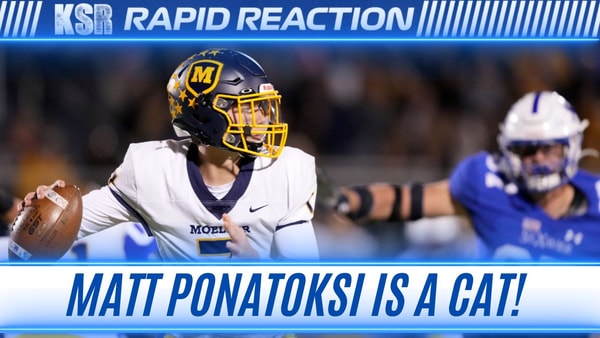
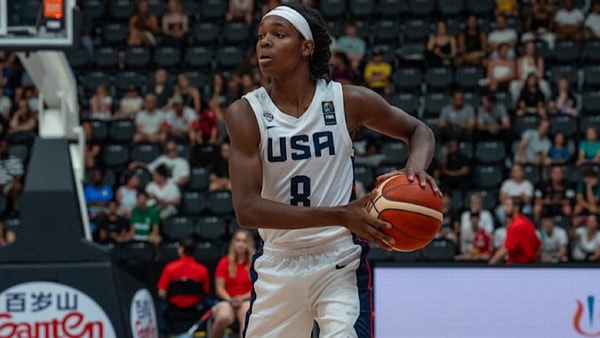

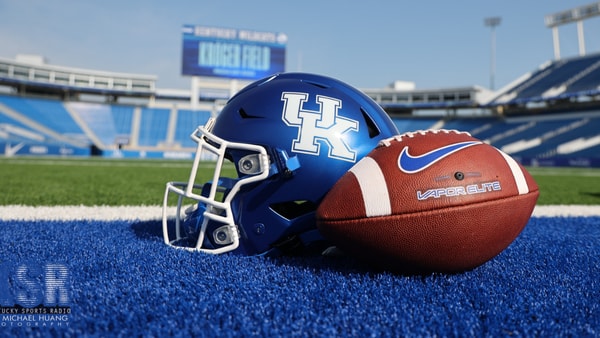
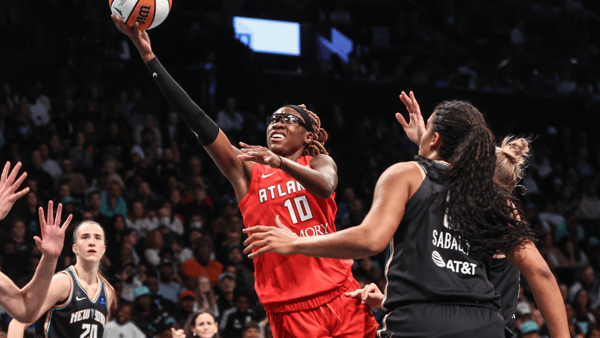
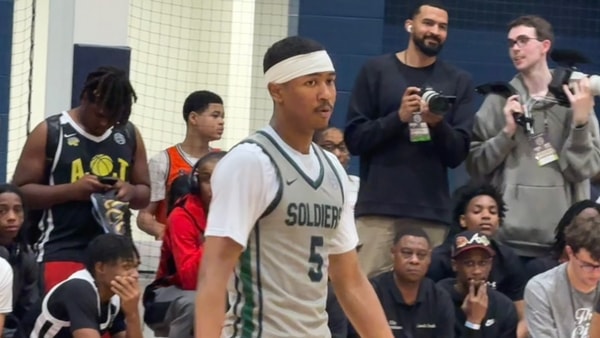
Discuss This Article
Comments have moved.
Join the conversation and talk about this article and all things Kentucky Sports in the new KSR Message Board.
KSBoard